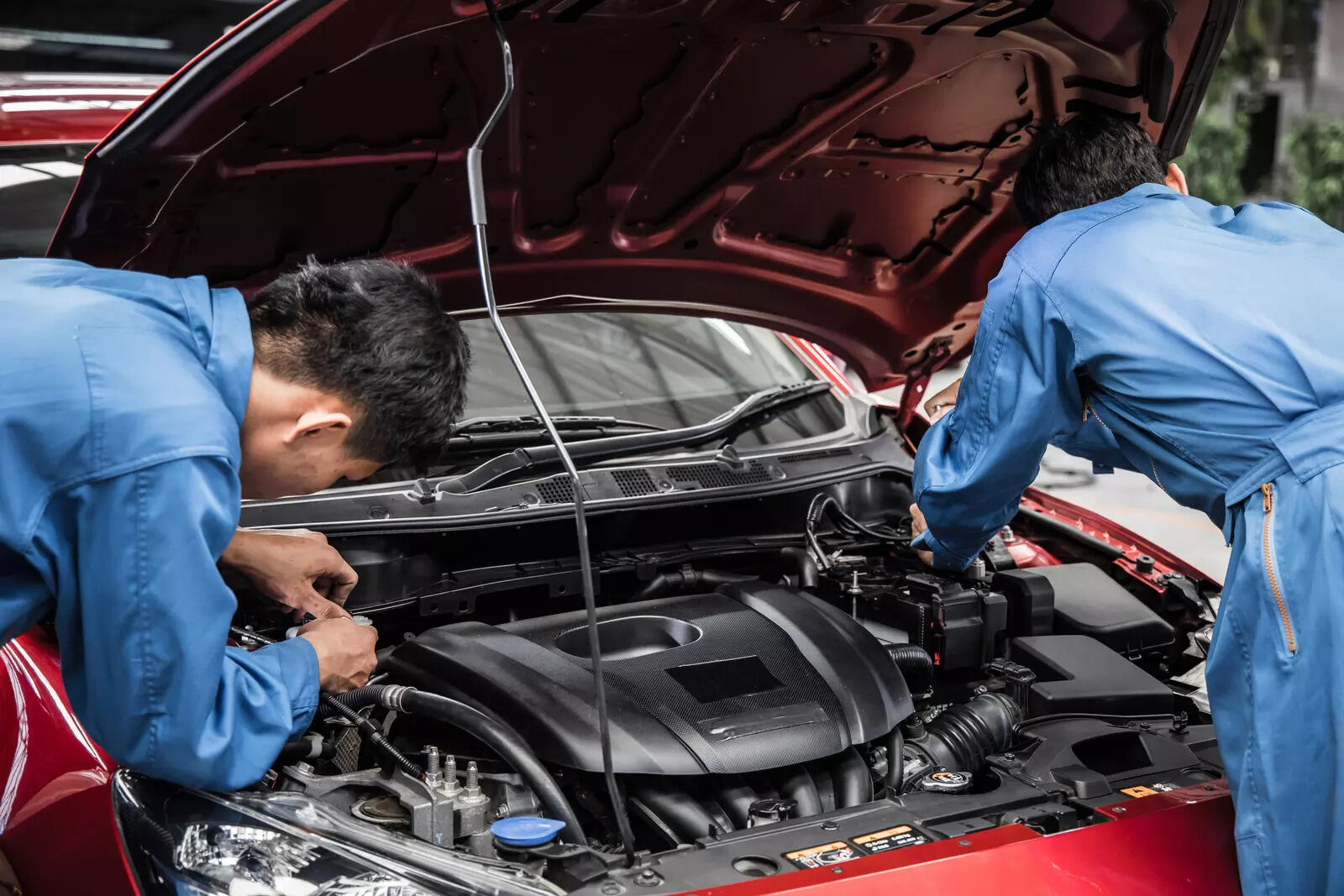India is preparing to implement CAFE 3 norms by 2027, aiming to lower passenger vehicle emissions to 113 gm of CO2 per kilometer. Consultations are underway to finalize the regulations. A Nomura report suggests India should reform its CAFE regulations to incentivize light-weighting, a key decarbonization strategy.
 India is holding consultations ahead of finalising CAFE 3 norms, set to take effect from 1 April 2027.
India is holding consultations ahead of finalising CAFE 3 norms, set to take effect from 1 April 2027.“>
India is in the process of holding consultations ahead of the formalisation of CAFE (Corporate Average Fuel Efficiency) 3 norms, scheduled to come into force from April 1, 2027.
India currently caps average emissions of all passenger vehicles weighing less than 3,500 kg sold by each manufacturer at 113 gm of carbon dioxide per kilometre. This means that some models can have higher emissions if the manufacturer has fuel-efficient vehicles in its portfolio.
A car’s CO2 emissions are directly proportional to the amount of fuel it consumes. Here is a look at the regulations followed globally across all major automotive markets, including the US, China, Japan, Korea, and Europe.
INDIA
- CAFE targets follow a linear weightbased approach
- Framework gives heavier vehicles more relaxed absolute CO2 limits
- Smaller cars get a much more stringent target
The US
- Target on fuel economy (miles per gallon) based on car footprint (square feet) of the car
- Follows a piece-wise linear approach
- Comparatively relaxed targets for smaller cars
CHINA
- CHINA Target on fuel consumption (l/100 km) based on curb weight of the car
- Follows a piece-wise linear approach
- Target does not keep on tightening indefinitely for smaller, lighter cars
SOUTH KOREA
- Target on fuel economy (km per liter) based on the curb weight of the car
- Smaller, lighter cars are not subjected to increasingly stricter targets as weight reduces
- OEMs get extra advantage of 5–7g/km in their CAFÉ performance
- Based on sales ratio of small cars in their portfolio
JAPAN
- Target on fuel economy (km per liter) based on curb weight
- Follows a non-linear (quadratic curve)
- Small light-weight cars are not subjected to disproportionately higher targets
EUROPE
- Bigger cars have a lower absolute CO2 target
- Smaller cars have relaxed targets
EXPERT TAKE
As per the report titled ‘Deep Dive into Global Practices on CAFE Regulations’ by Nomura, India must reform CAFE regulations as light-weighting, a key decarbonisation strategy, is disincentivised In India. India must adopt global best practices like footprint-based or piece-wise linear models to ensure equitable treatment of small cars and support affordable low-emission mobility
Join the community of 2M+ industry professionals.
Subscribe to Newsletter to get latest insights & analysis in your inbox.
All about ETAuto industry right on your smartphone!
- Download the ETAuto App and get the Realtime updates and Save your favourite articles.





